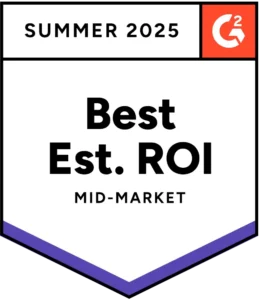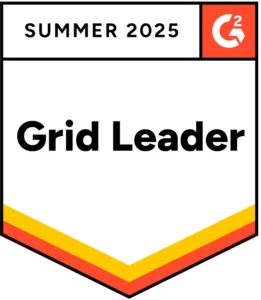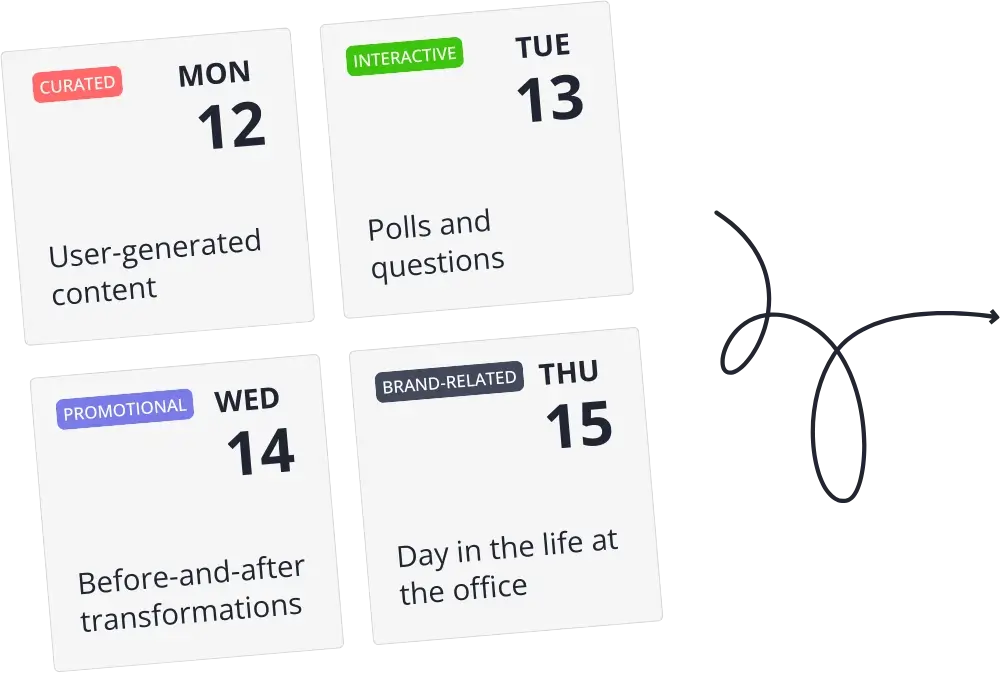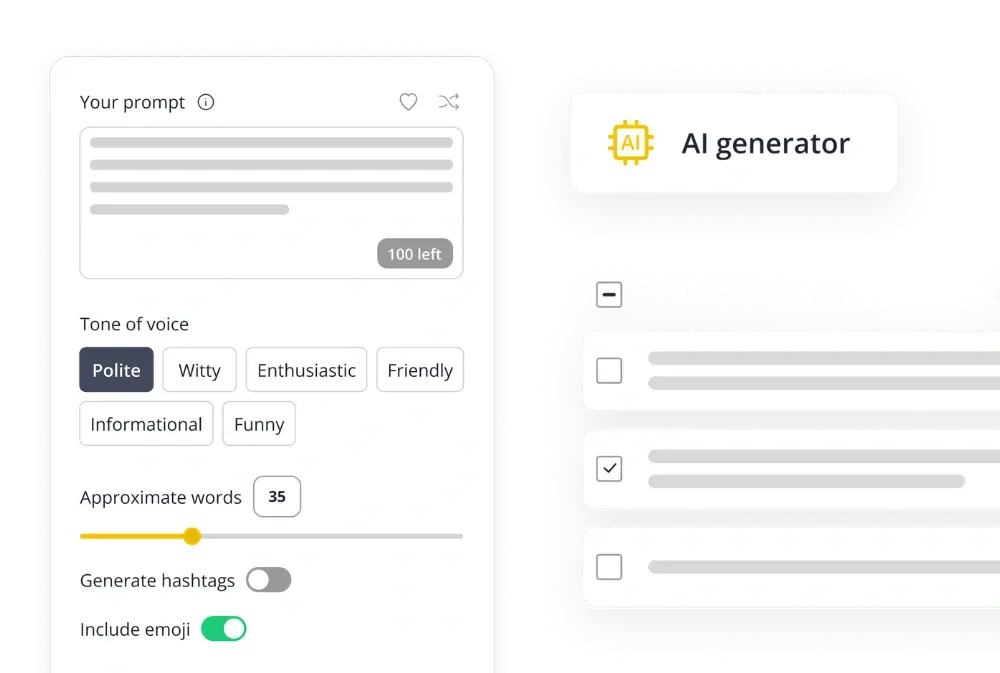What Is Organic Reach?
Organic reach is the number of people who see your content on social media or search engines without you paying to promote it. It’s driven by the algorithm, user engagement (likes, shares, comments) and how relevant or engaging your content is.
For example if you post a photo on Instagram and it gets shared by several people and reaches 10,000 users, that’s organic reach—you didn’t pay to promote it but it went viral because people liked and shared it.
Organic reach is great because it’s free and helps build real, lasting connections with your audience. People engage with your content because they genuinely find it interesting, which helps build trust over time. But the major downside is that it’s slow and you really can’t control how many people see your posts.
That’s where paying for reach can be really useful. If you need to spread the word fast or have something big like a new product launch or a rebrand, paying can help. It ensures your content reaches more people, and you can target exactly who sees it. Think of it as giving your content a helpful push to make sure it gets noticed when you need it most.
What is the difference between reach and engagement on social media?
Reach refers to the number of people who see your content, while engagement is about how they interact with it—likes, comments, shares, and clicks. Reach measures visibility; engagement measures interaction.
How is organic reach measured?
Organic reach is the number of unique users who see your content without any paid promotion.






